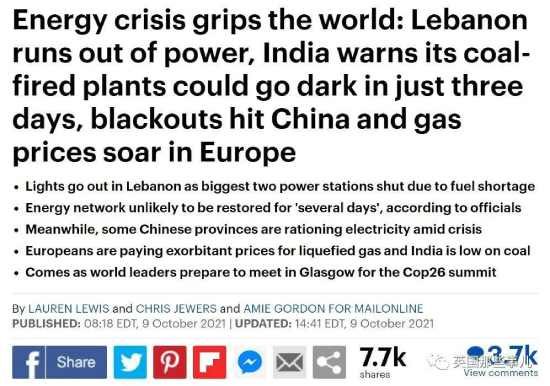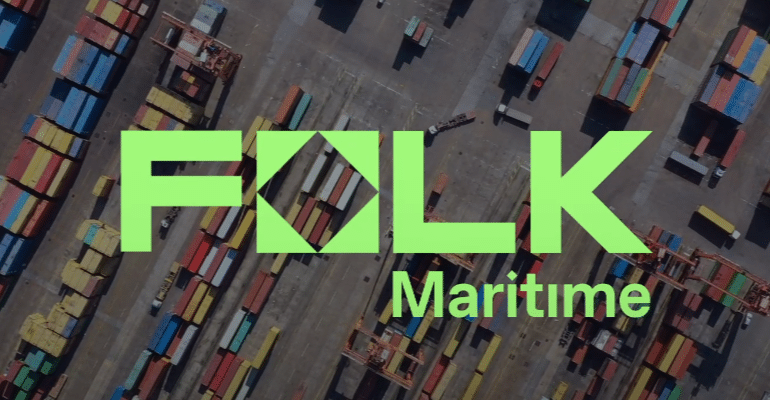The country’s financial system collapsed and the currency devalued
On March 18, 2023, the parallel market exchange rate of the Lebanese local currency Lebanese pound to the US dollar fell below 110,000. Just one sentence reflects the overall changes in this country over the past three years. Keywords such as the collapse of the financial system, the explosion in Beirut Port, demonstrations, strikes, the rapid depreciation of the Lebanese pound, soaring prices, and power outages have gradually become synonymous with Lebanon in international news. The once prosperous little Paris in the Middle East has rapidly evolved into what it is today, and everything starts with the exchange rate.
In 1997, the Lebanese government adopted a fixed exchange rate policy linking the Lebanese pound to the U.S. dollar. The official exchange rate of the Lebanese pound to the U.S. dollar was maintained at 1507.5:1. In the autumn of 2019, the collapse of the Lebanese financial system triggered an economic crisis, which eventually turned into the most serious crisis in the country’s history. As a major symptom of the crisis, the exchange rate of the Lebanese pound plummeted as the brakes failed. On February 1, 2023, the Central Bank of Lebanon adjusted the official fixed exchange rate of the Lebanese pound to the US dollar from 1507.5 to 15,000 at one time. However, 15,000 was still far from the market’s 64,000. One month later, on March 1, the market exchange rate of the Lebanese pound against the US dollar fell below 90,000. The Central Bank of Lebanon immediately intervened in the exchange market, and the Lebanese pound exchange rate briefly rose to 80,000.
This is not the first time the central bank has intervened in the exchange market, but all the measures taken by the government have failed to stop the falling momentum of the Lebanese pound because all industries in Lebanon have lost confidence in the Lebanese pound. The Lebanese pound eventually fell below the symbolic 100,000 level on March 14 and again below 110,000 four days later.
Poverty from electricity bills


At the beginning of the new year, Lebanon’s only state-owned power company announced the news that extension of municipal power supply to 4 hours a day. Even in most areas, municipal power is only 1 to 2 hours a day. Lebanon’s electrical infrastructure was severely damaged during the war between 1975 and 1990. Since the 1990s, private generators have become ubiquitous equipment on the streets of Lebanon. As the economic crisis in Lebanon intensifies, municipal power supply hours continue to shorten, diesel prices continue to rise, and electricity bills are also increasing. Data show that in 2012, electricity bills accounted for less than 5% of household expenditures. And by 2022, 90% of Lebanese households used private generators, and 44% of the average monthly expenditure was spent on electricity bills. If it is a low-income family, the proportion of electricity expenses can reach up to 88%. After working for a month, almost all the income is used to pay electricity bills.
Full blown crisis
The Lebanese Nurses Association celebrated its 20th anniversary in March this year. The president of the association is worried about the continuous loss of talent. The total number of nurses in Lebanon used to exceed 18,600, but in the past three years, nearly 20% of the nurses have left their jobs, and more than half of the remaining nurses who are still on the job plan to go abroad in the next two years. There is only one reason is the income. Before the economic crisis, a senior nurse could get a monthly salary of more than 2,000 US dollars, but now the monthly salary is only tens of dollars.

The plight of the nursing profession is also a true situation of all industries in Lebanon. The business community and labor representatives reached an agreement in December last year, proposing to increase the monthly minimum wage to 4.5 million Lebanese pounds, but the agreement was not approved by the government and has not been implemented so far. In mid-December, when the agreement was reached, 4.5 million Lebanese pounds was about $105. Now, it is less than $43.
After Lebanon became an independent country in 1943, due to the lack of resources and weak industrial base, the financial industry gradually became a pillar industry. Agricultural and manufacturing products required a large number of imports, and the Lebanese economy was heavily dependent on other countries. Under the combined influence of multiple internal and external factors, the banking industry finally collapsed in the fall of 2019. After being hit successively by the collapse of the government, the Beirut port explosion, Covid-19, and the situation between Russia and Ukraine, Lebanon finally fell into the most serious crisis in the country’s history.
How to get Lebanon out of the predicament, the World Bank’s suggestion is to carry out all-round and deep reforms on finance and society, but the reality is that since November 1, 2022, the Lebanese parliament has not been elected after 11 votes to get a new president. The premise of Lebanon’s recovery is to find a reliable path, but the process of finding it is not easy. Enterprises that have trade relations with Lebanon must pay attention to the relevant policies and measures introduced by the Lebanese government, track the business and financial status of customers in a timely manner, and take precautions against risks in advance.










